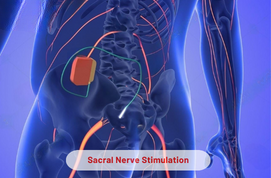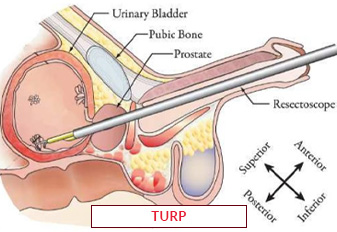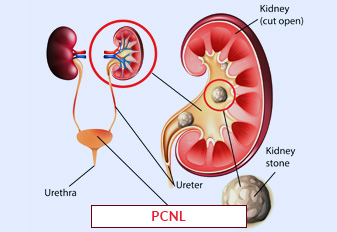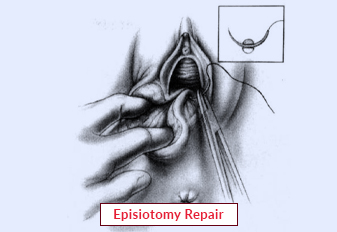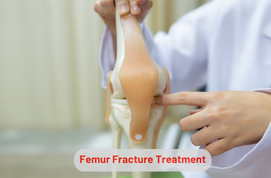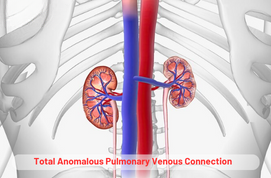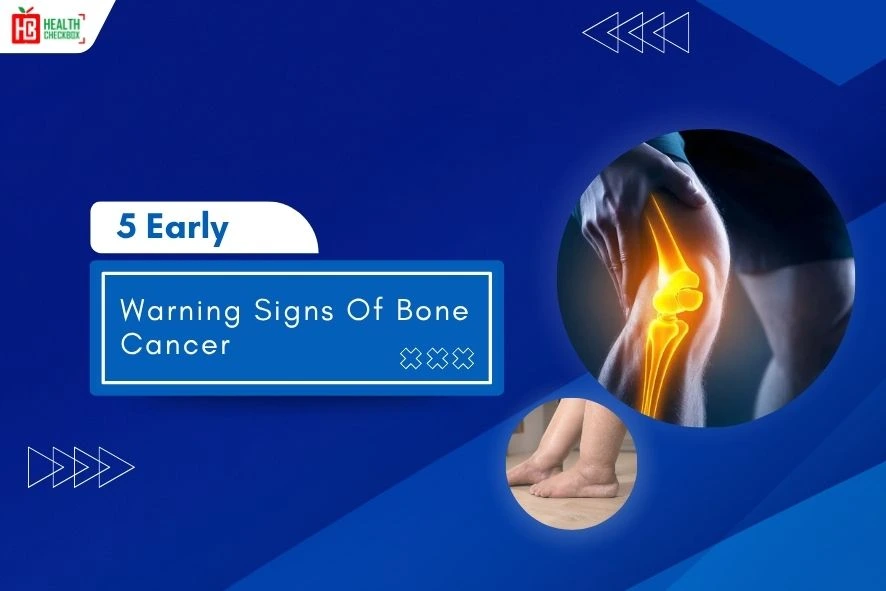Sacral nerve stimulation treatment is used in treating fecal incontinence and overactive bladder syndrome in patients. Doctors suggest this treatment when other approaches are not effective enough for the patient’s health. Sacral nerve stimulation involves an implantation of a device into the body. The device helps in sending mild electric impulses to stimulate nerves that control bladder and bowels. The sacral nerve stimulation main work is to communicate between the brain and the bladder and help nerves to manage your pee and poop function. The treatment is becoming popular worldwide and actually helping individuals to restore normal bladder and bowel functioning.
Conditions that are Treated with Sacral Nerve Stimulation
Sacral nerve stimulation is used for multiple urinary dysfunctions however, it is mainly recommended when you are suffering with Fecal incontinence and overactive bladder.
- Fecal Incontinence: It is a condition when you won’t be able to control and manage your bowel movements. Hence, sacral nerve stimulation helps control pelvic floor muscles and sphincter muscles, which keeps your anus sealed until you’re ready to poop.
- Overactive Bladder: This is a combination of symptoms that affect your urinary function. In this condition an individual experiences a frequent urge to go pee. One can even feel leak pee. Therefore, the treatment provides relief and reduces the urge of frequent urination.
Benefits of Sacral Nerve Stimulation
The following are the benefits of availing SNS treatment:
- Minimize the frequent urge of urination
- Eliminate the dependency on medications
- Uplift well-being
- Reduce discomfort
- Support normal pee and poo functioning
- Provide relief in chronic pelvic pain
Side Effects of SNS
Although it is an effective way to treat the condition however, it can pose some risks these are as follows:
- Infection
- Pain
- Bruises
- Device dislocation
- Device rejection
- Battery depletion
- Weakness in lower part of the body
Treatment Procedure of SNS
Process of SNS treatment from before to aftercare:
Before Procedure
Before going for the procedure, you need to consult with a specialized doctor for your overall evaluation. During consultation, the doctor will ask about your pre-existing disease, current medications, their effectiveness and medical history. If the doctors find that the current medications are not providing relief then he/she will recommend to undergo the sacral nerve stimulation treatment.
During Procedure
The following are the surgical steps to implant the device:
- Before evaluation and implantation, you’ll have to meet with an anesthesiologist to tell them that you are not allergic to anesthesia.
- After that you’ll lie down on a procedure table with your lower legs propped up on supportive pillows. Then you’ll get local anesthesia to numb the skin area where surgeons have to make incisions.
- After that, the operating surgeon starts making incisions and then insert a wire through your skin near your tailbone.
- Place the wire near specific nerves for instance if you have fecal incontinence, he’ll place the wire close to the nerves that control your anal sphincter, colon and rectum parts.
- Lastly, connect the wire to a small device that sends mild electrical stimulation to the nerves. The device contains a battery that you’ll wear on a belt under your clothes.
- The whole procedure takes about 1 hour to complete.
Aftercare and Recovery
The recovery period can differ from patient to patient condition. However, it usually takes two to six weeks to recover from the surgery. For better results, the surgeon may recommend you to avoid performing certain physical activities like swimming, weightlifting, running, etc. And must schedule regular follow-up to check the recovery progress and avoid side effects.
Our Other Services
Latest Health Tips
Can Immunotherapy Cure Stage 4 Lung Cancer?
Early Signs of Cervical Cancer
Foods that Kill Cancer: Leafy Vegetables, Grains, & More
What Stage of Cancer is Immunotherapy Used For?
Which is Worse for Cancer, Sugar or Alcohol?
Vaccines That Prevent Cancer
What Kills Cancer Cells in the Body Naturally?
5 Early Warning Signs of Bone Cancer
Submit Your Enquiry
Testimonials








